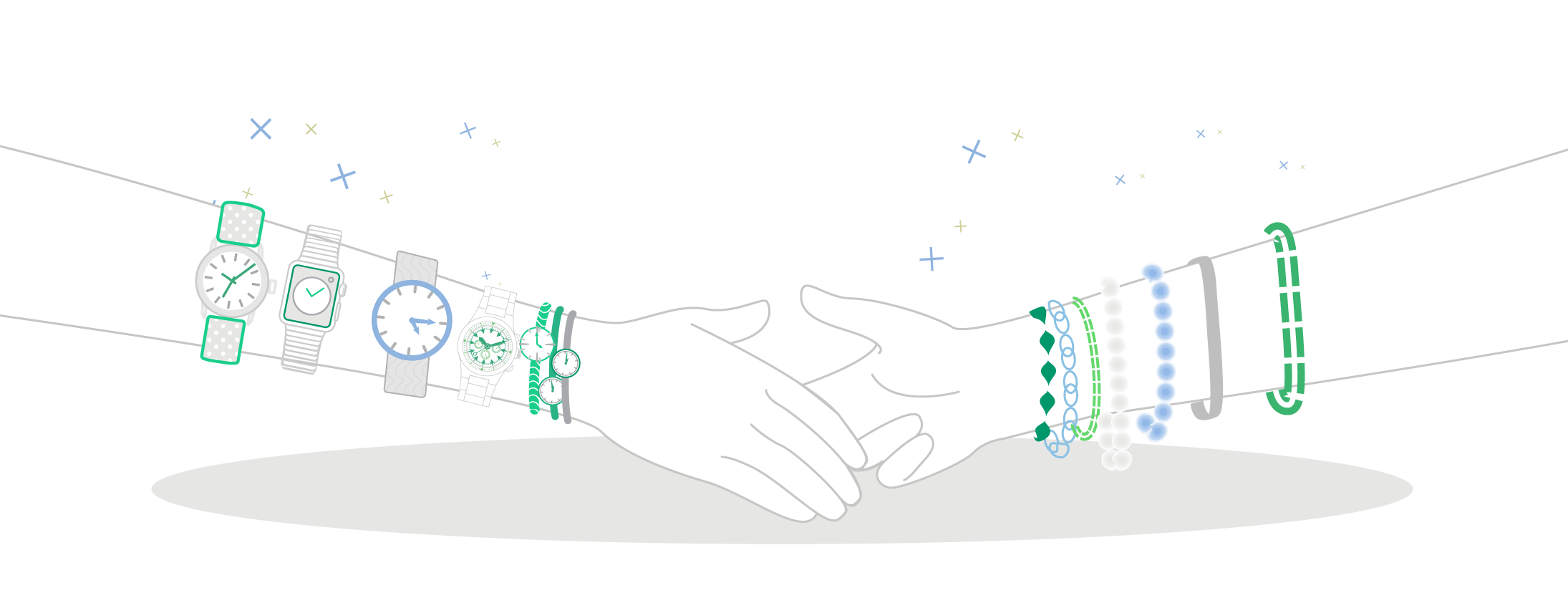New Stats on CNP Fraud in Jewelry & Watches: the Silver Lining

Get a taste of the insights that appear in our report on CNP fraud in the online jewellery and watch industry.
The global jewelry and watch market is projected to be worth $407.5 billion by the end of 2019. With jewelry and watch retailers increasingly turning to eCommerce to reach new customers, growth will largely be fueled by digital sales. In fact, by 2020, online sales are expected to account for 25% of the global jewelry market.
But as eCommerce becomes more prominent, retailers need to adjust their fraud management processes to protect revenues while maximizing online sales.
Riskified has extensive experience protecting online jewelers and watch retailers from CNP fraud. We analyzed our data and compiled a report on trends and best practices for effectively distinguishing between legitimate orders and fraud in this industry. In this post, I offer a small taste of the insights that appear in the full report.
Don’t let a fear of fraud dull your Valentine’s Day sparkle
Over the holiday shopping season, online jewelry and watch retailers witness a significant surge in orders. This is also true for the week leading up to Valentine’s Day, which sees a rise of 50% and 36% in jewelry and watch sales, respectively.
The pressure from these busy weeks can be overwhelming, leading many retailers to grow overly risk-averse when it comes to fraud prevention. The truth is that as the total online sales volumes increase, the relative percentage of fraud attempts actually decreases. This results in many jewelry and watch retailers falsely declining orders placed by legitimate customers during these top online shopping days.
Our data shows that online jewelry and watch sellers can safely approve 98% of orders during the week leading up to Valentine’s Day. Over 96% of purchases made on Black Friday and Cyber Monday, two of the most profitable online shopping days of the year, can be safely approved.
Know your cross-border customers
Retailers are also leaving money on the table when they neglect to capitalize on cross-border transactions. At least 1 in 9 online jewelry and watch orders are made by overseas customers, with cross-border digital sales set to more than double by 2021.
Retailers who want to tap into global buying power need to adapt their fraud prevention measures. This means learning the legitimate online shopping patterns of overseas consumers. It also entails the removal of blanket rules or blacklisting countries – as many valid shoppers live in ‘risky’ geographies.
For example, Riskified data shows that online watch orders shipping to New Zealand and Slovenia are overwhelmingly safe, but 2 in 3 orders with an Albanian shipping address are fraudulent. And while 1 in 5 jewelry orders shipping to Italy is a fraud attempt, purchases shipping to Saudi Arabia and the UAE are extremely safe.
Download the full report
These are only some of the insights included in our industry report on CNP fraud in the jewelry and watch industry. The full report includes tips on how to tell apart good orders from fraud, trends associated with the rise of mCommerce, how to interpret AVS mismatches, insights on which items fraudsters tend to target, and more. To learn more about fraud prevention best practices, download a complimentary copy of the report in its entirety.


